Subscribe to receive the latest blog posts to your inbox every week.
By subscribing you agree to with our Privacy Policy.
India is undergoing a digital payments revolution. The rise in smartphone adoption, widespread internet access, and forward-thinking government initiatives like Digital India, Unified Payments Interface (UPI), NEFT/IMPS, Prepaid Cards, e-RUPI, CBDC, AEPS, and Open Banking have played a pivotal role in reshaping how people transact across the country.
Catalysts like demonetisation and the Covid-19 pandemic accelerated the shift towards digital and contactless payments, paving the way for a more transparent, cashless economy and improved tax compliance.
Let’s explore the most influential digital payment trends shaping India’s financial ecosystem today.
The Unified Payments Interface (UPI), launched by the National Payments Corporation of India (NPCI) in 2016, has transformed the way Indians send and receive money. With the ability to link multiple bank accounts and make real-time peer-to-peer transfers, UPI has become the most popular digital payment method in the country.
Thanks to its simplicity, interoperability across apps, and robust security features, UPI now processes over a billion transactions monthly—making it the dominant force in India’s digital payments space.

Immediate Payment Service (IMPS) and National Electronic Funds Transfer (NEFT) continue to be crucial for seamless money transfers. Whether for urgent transactions or everyday banking needs, these systems offer fast, secure, and reliable options for individuals and businesses alike.
Their 24/7 availability and widespread adoption contribute to a more accessible and flexible financial environment.
Digital wallets and prepaid cards have seen significant adoption in India, providing a convenient way to store funds and make quick payments. The push for contactless transactions surged during the pandemic, with NFC-enabled cards, QR code-based payments, and mobile wallets becoming common across merchant networks.
Today, retailers across sectors offer tap-and-go payment options, ensuring a faster and safer checkout experience for customers.
The Indian government continues to drive digital adoption through new tools and frameworks:
e-RUPI is a cashless, contactless digital voucher delivered via SMS or QR code, even on basic mobile phones. It ensures direct and targeted benefit delivery without the need for a card or digital wallet.
Central Bank Digital Currency (CBDC) is India’s answer to a sovereign digital currency. Issued by the Reserve Bank of India, this blockchain-backed digital rupee aims to provide a secure, regulated alternative to private cryptocurrencies.
These initiatives strengthen India’s digital infrastructure and improve access to public welfare schemes.
The Aadhaar-enabled Payment System (AEPS) enables users to make digital payments through biometric authentication linked to their Aadhaar number. This has revolutionized access to banking services for underbanked and rural populations, especially those with limited literacy or digital access.
By facilitating cash withdrawals, balance checks, and fund transfers via fingerprints, AEPS fosters greater financial inclusion across India.
Artificial Intelligence (AI) and Machine Learning (ML) are adding intelligence to digital payment ecosystems. Fintech platforms and banks are leveraging:
AI chatbots to improve customer service and resolve queries in real-time.
ML algorithms to detect and prevent fraud, reducing risks in digital transactions.
Personalized recommendations and dynamic offers to increase customer engagement and loyalty.
These innovations not only enhance security but also deliver a more tailored experience for users.
Driven by RBI’s Open Banking guidelines, API integration has enabled secure, real-time data sharing between banks and fintechs. This seamless connectivity allows customers to access various financial products—loans, payments, investments—from a single interface.
The open banking ecosystem promotes collaborative innovation, creating a more agile and customer-centric financial landscape.
India’s journey towards a cashless economy is well underway. With support from policy, technology, and user adoption, digital payments are becoming the default method for millions. As these trends evolve, they will continue to drive financial inclusion, economic empowerment, and technological advancement across the country.
CARD91 is an API-led issuance Platform-as-a-Service company. It offers unparalleled technology infrastructure to banks, SMEs, corporates & fintech through its Switch and Card Management Solutions for Prepaid Cards, Multi-Currency Travel Cards and allied systems like Centralised System of Records (C-SOR) for prepaid cards, credit cards and Access Control systems (ACS)
To know more about our offerings connect with our experts




Sales: sales@card91.io
HR: careers@card91.io
Media: comms@card91.io
Support: support@card91.io